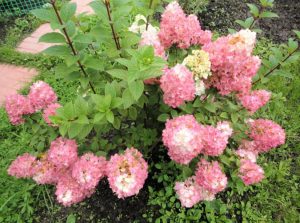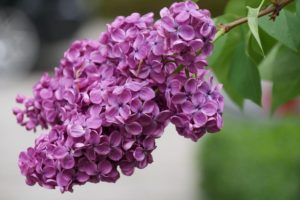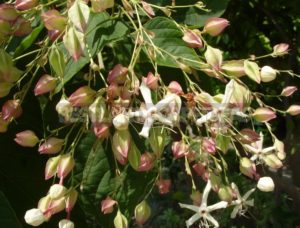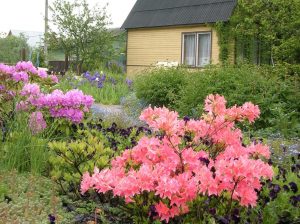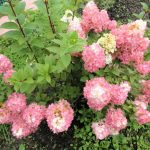Hydrangea paniculata is very popular with gardeners. We have it, like no other decorative culture, very much came to the court-literally and figuratively. Currently, it is probably the number one ornamental perennial plant in popularity. And how not to fall in love with him!
Hydrangea paniculata is quite unpretentious, almost without loss tolerates harsh winters, feels great on acidic loams, care is minimal. And the variety of varieties is amazing! It used to be in the old gardens met exclusively bushes ‘Grandiflora’. In recent years, breeders have been offering new varieties of this wonderful highly ornamental shrub.
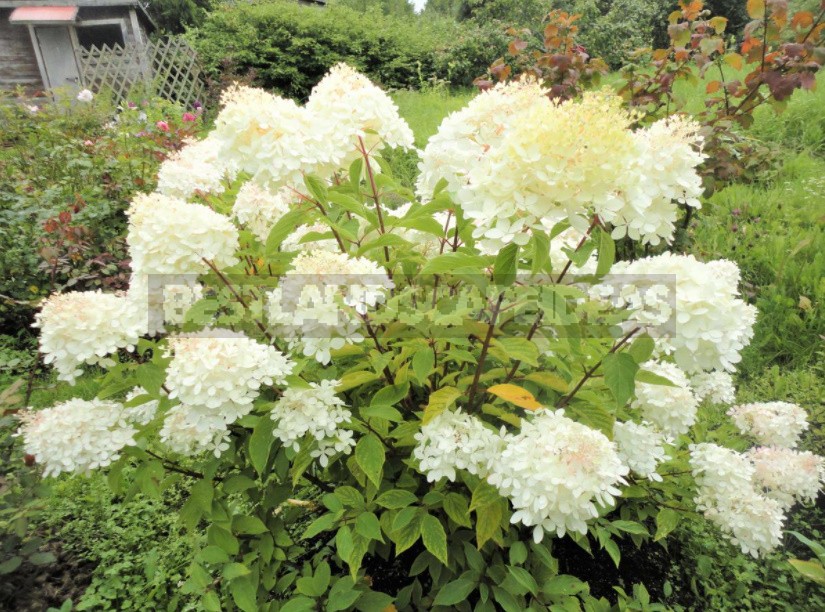
Now there is a boom not only in demand, but also in supply. You will inevitably become a fan and collector! However, many fans of Hydrangea paniculata, who are just beginning to understand the subtleties of agricultural culture, are not always confident in their abilities and are afraid to do something wrong. There are a lot of questions from them, some of which I will try to answer.

1. when is it better to plant Hydrangea paniculata-in spring or autumn?
There is no clear answer to this question. In both cases, there are pros and cons. During spring planting, you essentially plant a “cat in a bag”, it is possible to re-sort. In autumn, Hydrangea paniculata are sold in a blooming state, you can see them in all their glory. In addition, if you order cuttings for spring, you will receive a parcel with thin twigs in a tiny pot, which still require overexposure in the refrigerator until the moment of planting. Of course, the long spring and summer period allows the plant to take root well in a new place. In autumn, the adaptation time is about a month, and then under the condition of a warm Indian summer.

2. Before what time can Hydrangea paniculata be transplanted in autumn?
Strictly speaking, Hydrangea paniculata does not like transplanting. It is advisable to immediately choose a suitable place for it, so as not to disturb it in the future, especially if your pet is “aged”. But if you need to transplant, then do it in the first half of September — so the plant will have time to adapt to a new place before the onset of frost. In the dry Indian summer, fresh plantings are abundantly watered, this will accelerate the development of the root system and the success of survival.
3. Why don’t Hydrangea paniculata grow?
The reasons may be different. For example, choosing a bad place in the garden, where they simply suffer from lack of sun or competition for water and food. They can not be planted next to lilac: according to the requirements for soils, these are antagonistic plants. Lilac loves alkaline substrates, and Hydrangea paniculata is an acidophilus plant, and acidic soils are mandatory for it. This should certainly be taken into account when planting, adding peat and pine litter to the pit.

In my experience, often Hydrangea paniculata, bought in a container with a closed root system, refuses to develop in the garden. What is it? And the fact that in a pot brought from the nursery, the soil substrate is richly stuffed with all kinds of granules: fertilizers, growth stimulants, vermiculite to preserve humidity, etc. Therefore, Hydrangea paniculata is good and comfortable to sit within the “native” coma of the earth, it has no motives to develop a new space. To make the beauty spoiled by the greenhouse content grow, you need to take it out of the pot, soak the lump for a while in a bucket of water, wash off the earth and pellets, and a little dishevel the roots, which are entwined in a tight knot.
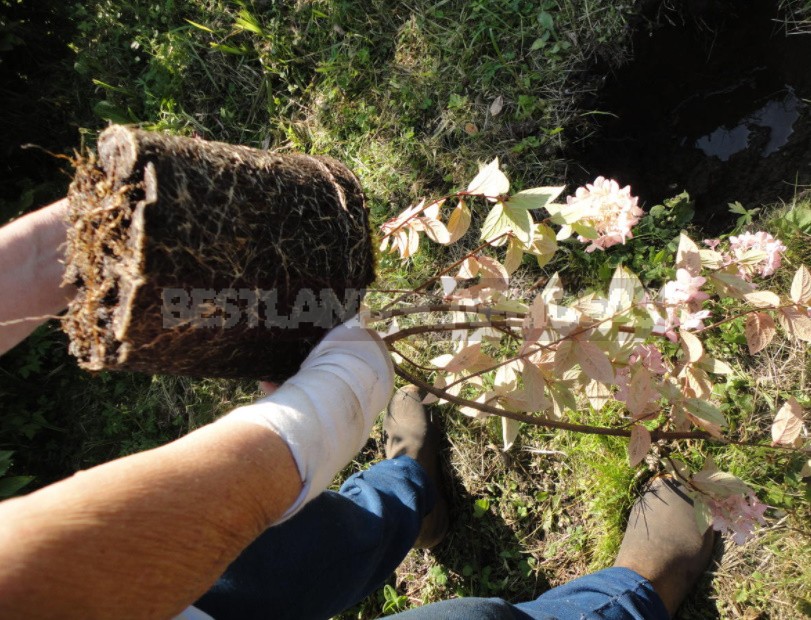
I sometimes even had to make several vertical incisions with a knife to break the root clump. Then you need to powder it with a root-forming stimulant and only then plant it.
4. Do I need to mulch the soil after planting?
Absolutely! It is mandatory to mulch peat or coniferous litter. Mulch supports optimal soil moisture, in addition, it will serve as an additional shelter for the root system of the young plant. You can use garden unripe compost, in which fermentation processes are carried out before frost and additional heat is released. In the spring, this compost will become an additional source of nutrition, improve the starting position of the plant.
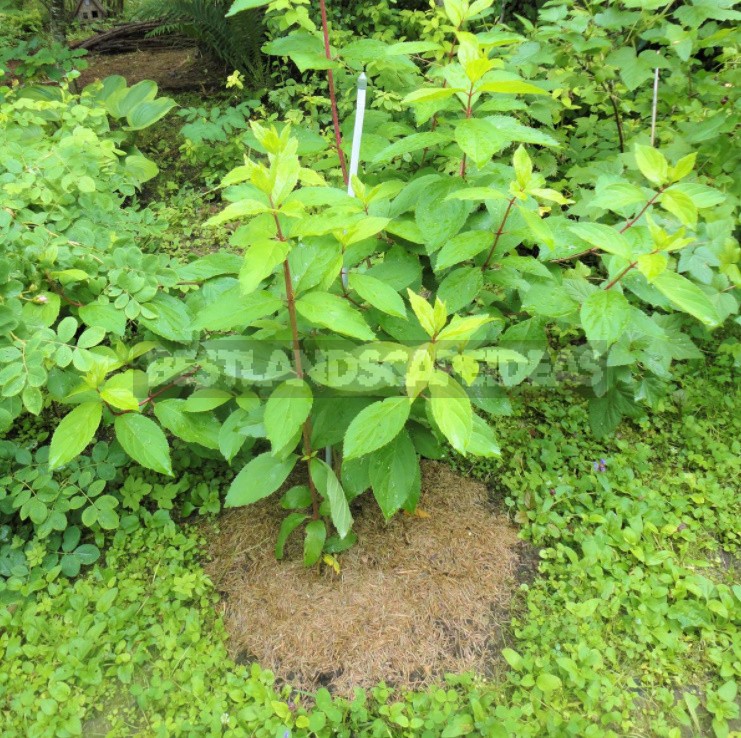
5. Do I need to remove the inflorescences and leaves after planting?
Inflorescences are cut off, but there is no need to remove the leaves, they will later fall off themselves.


